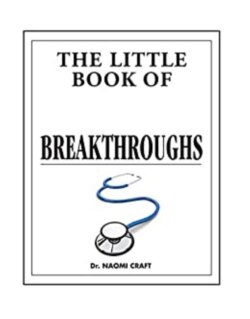Читать книгу The Little Book of Medical Breakthroughs - Dr. Naomi Craft - Страница 24
На сайте Литреса книга снята с продажи.
1832 Scotland Intravenous Fluids Thomas Aitchison Latta (c. 1790–1833)
ОглавлениеDuring the cholera epidemic of 1831–1832, Latta was the first to realize that patients were dying of dehydration and that intravenous treatment could help.
Latta wrote about his findings in a letter to the medical journal The Lancet, describing how he had infused six pints of fluid into an elderly patient with cholera who was near death.
He described how:
soon the sharpened features, and sunken eye, and fallen jaw, pale and cold, bearing the manifest imprint of death’s signet, began to glow with returning animation; the pulse returned to the wrist… Thirty minutes later the woman announced that she was free from all uneasiness.
Latta’s prescription was for ‘two drachmas of muriate, two scruples of carbonative soda and 60 ounces of water’, otherwise known as a primitive solution of saline, or salty water, similar, in fact, to what is used today.
Latta’s treatment was based on the findings of another physician Dr William O’Shaughnessy (1808–1889), a graduate from the University of Edinburgh who, earlier in the same year, had been sent to Newcastle by the Royal College of Surgeons in London to study the blood of cholera patients. O’Shaughnessy found that there was:
a great but variable deficiency of water in the blood in four malignant cholera cases; a total absence of carbonate of soda in two; and a remarkable diminution of the other saline ingredients.
O’Shaughnessy’s conclusion was that the only way to help these patients was to inject fluid into their veins.
Latta’s infusion method gained some followers, notably Dr John MacKintosh, based at the Drummond Street Cholera Hospital in Edinburgh. The treatment was reserved for patients near death, and who would otherwise definitely die. MacKintosh found that of 156 patients who received the intravenous fluid, 25 recovered.
However, the advances made in this method of treatment ceased once the cholera epidemic ended, simply because there was less need or opportunity to continue studying the disease or its treatment. Latta died the following year of tuberculosis and O’Shaughnessy left for India the same year. By the time the next cholera epidemic came to Edinburgh a decade later, in 1848–1849, many doctors had forgotten about intravenous fluids. Detailed records show that of the 739 cholera victims, only 27 were given intravenous saline while 78 had blood drained through venesection. Intravenous fluid treatment took another 75 years to become widely accepted within the medical community.
